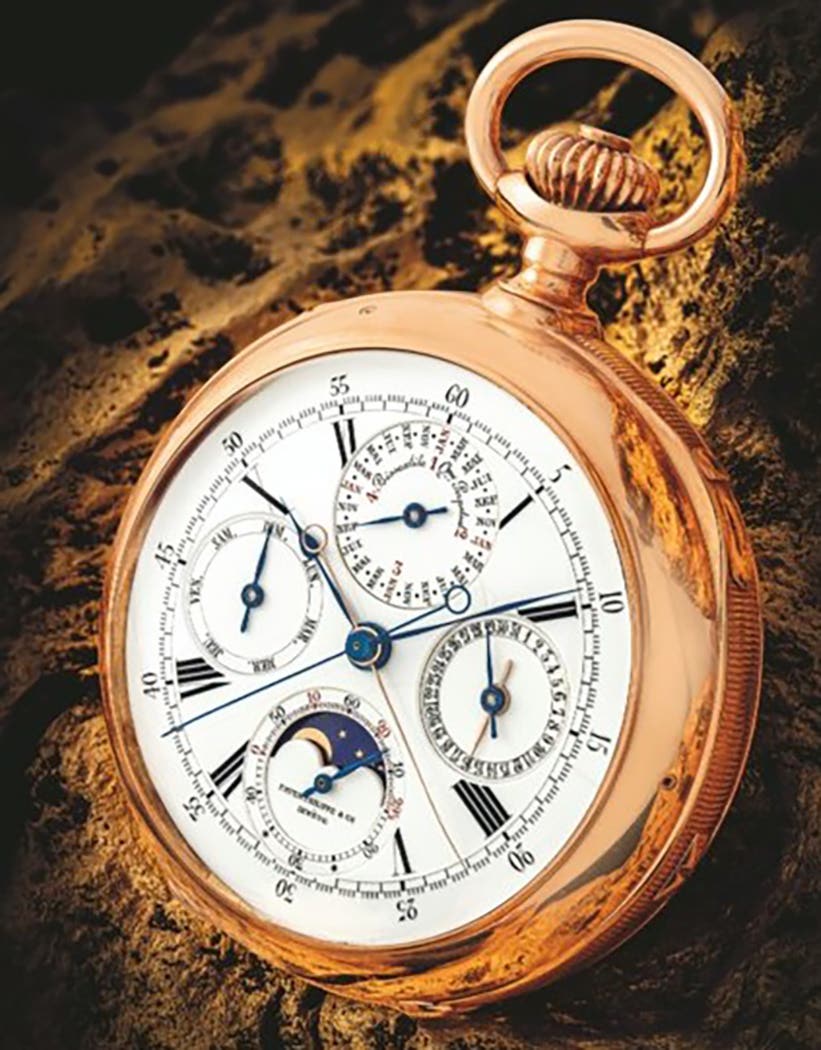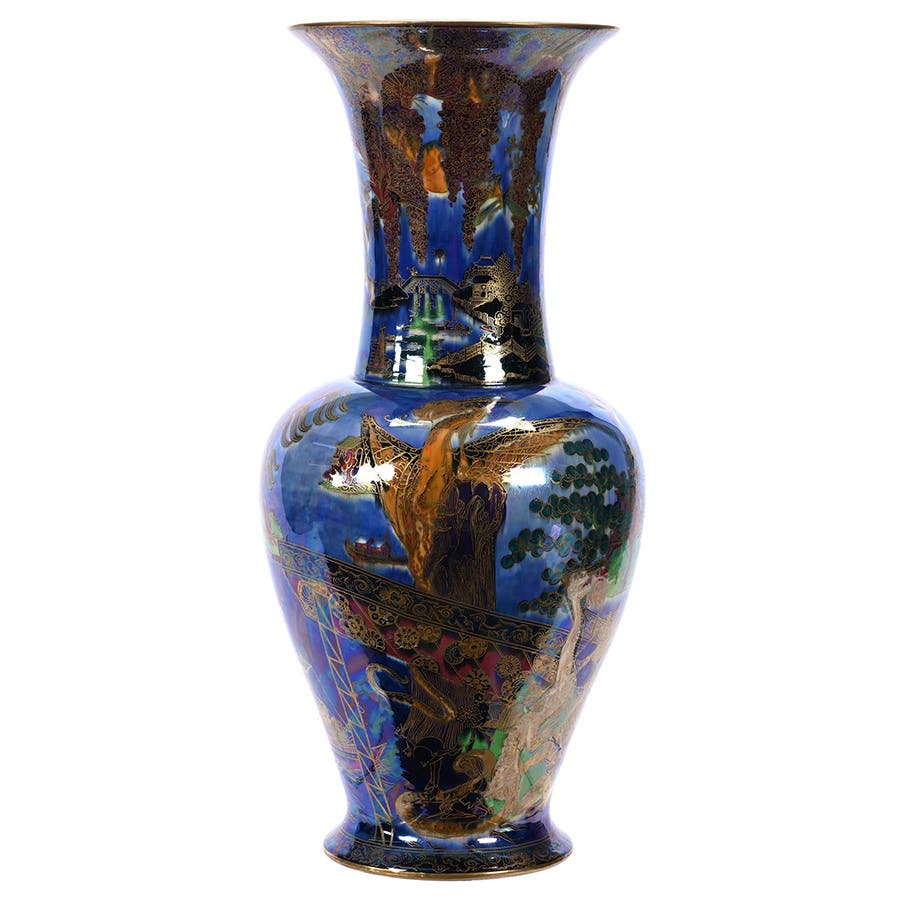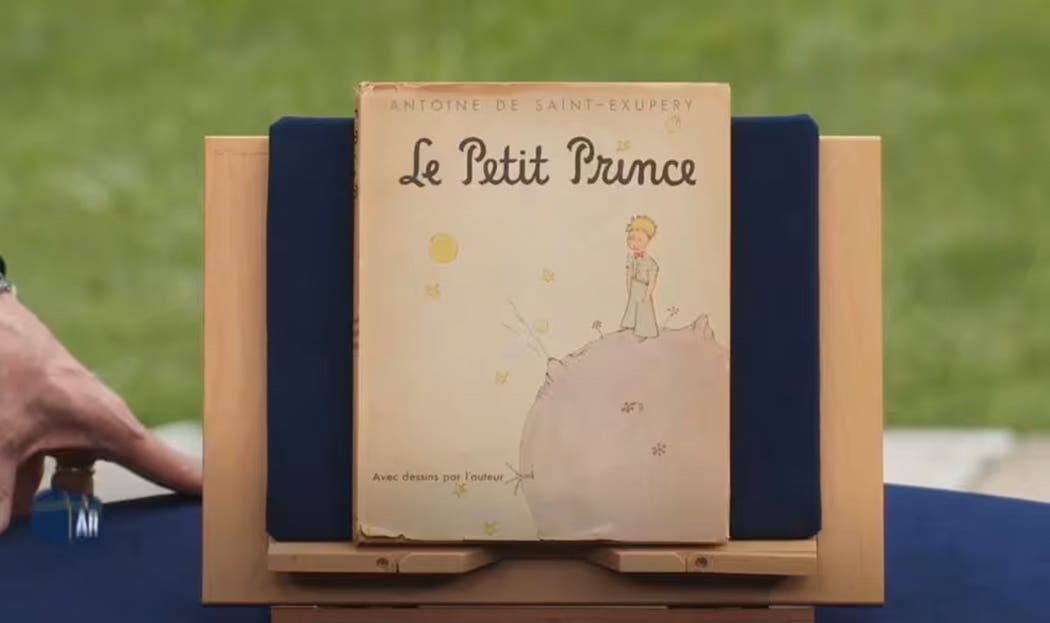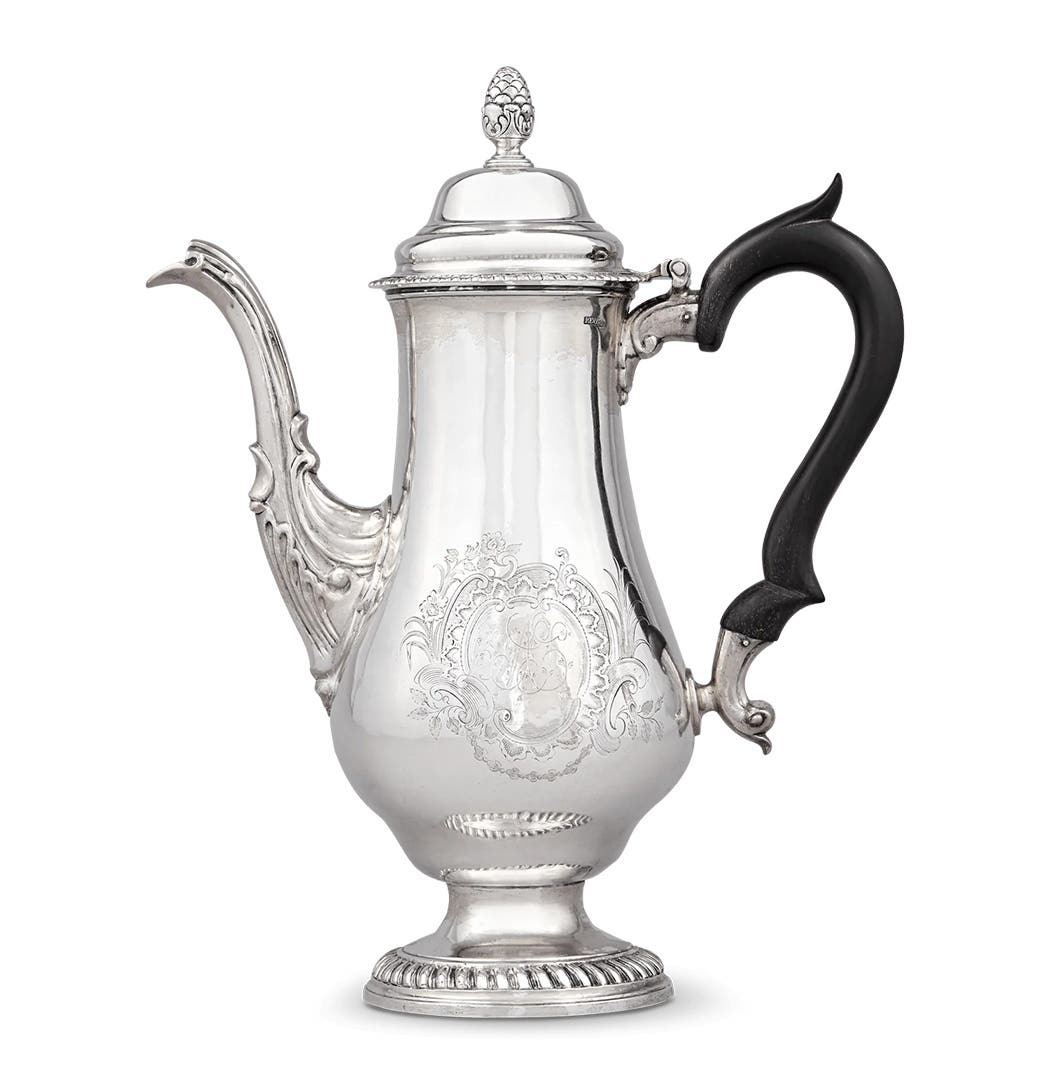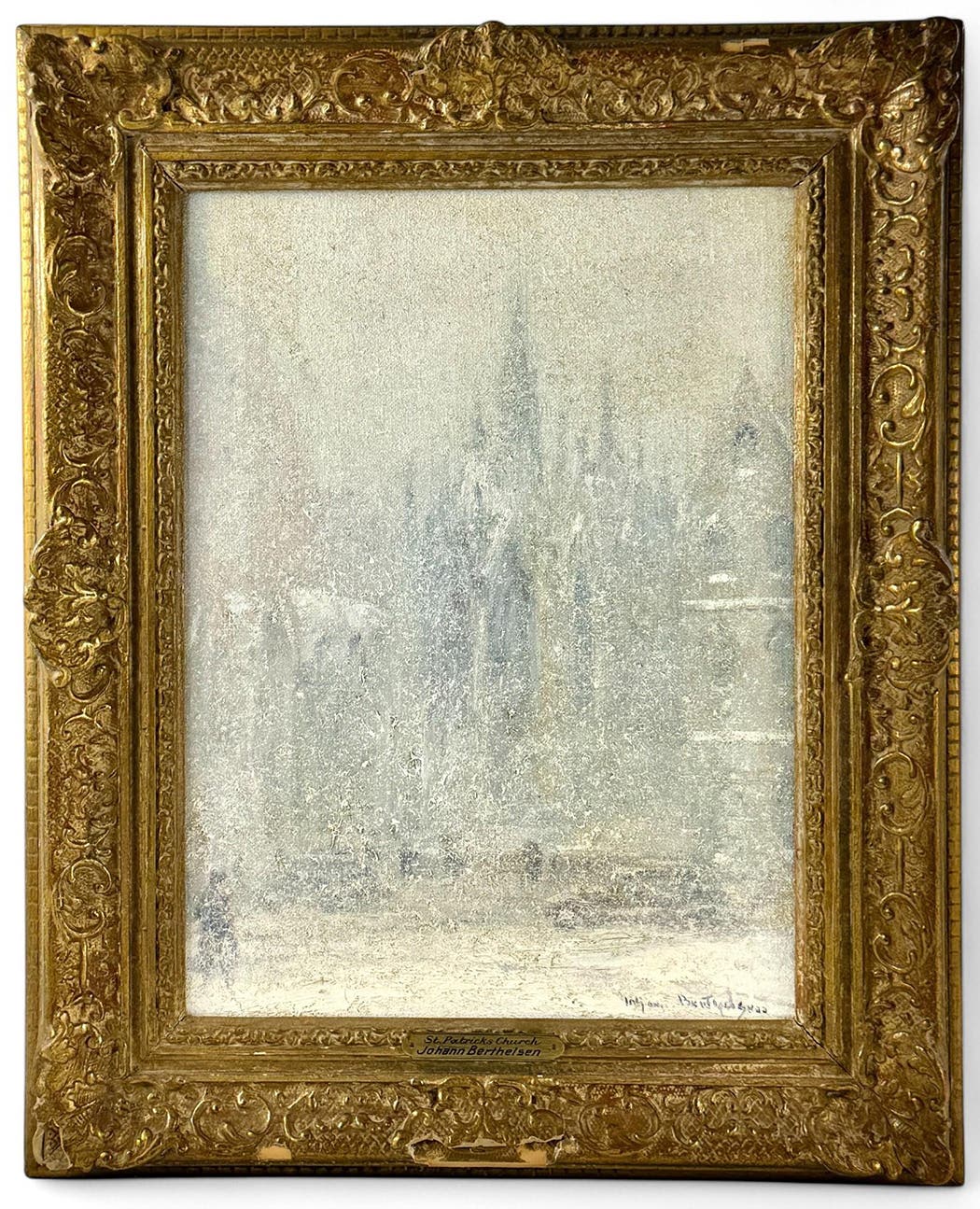Ask the Experts: Wooden cash register comes with timeless tale
During a salvage trip to an old cafe many years back, a Nebraska man came upon a wooden cash register, and in response to his inquiry to Ask the Experts about its possible value, we enjoy an enchanting story of its discovery.
Q I have a cash register that I acquired via a land purchase I made many years back. It came from a café at the west end of Lewis & Clark Lake on the Missouri River, between Nebraska and South Dakota. There was a small town on the South Dakota side of the river that was abandoned once the lake was formed. This was due to the rise in water levels that made the well water become brackish and not fit for human consumption. I had purchased the land that included the old café through tax title.
After many years, a doctor in Tankton, S.D., wrote me a letter asking me if I desired to sell the land. I made a trip to the area and salvaged some items from the old café, and
one of the items was the cash register. It was rather unique, as it is simply a cash box with a metal plate to write out receipts. It had an old ink bottle that looked to be used for quill-type pens.
I made some inquiries and sent some pictures of the register to individuals to find out something of its date of manufacture. The most I could find out was that it was possibly of English origin and was probably manufactured before the advent of modern cash registers in the United States. I did not find any source of collectors for such an item.
I have kept the old cash register for possibly half a century, and as I am not a collector, I wish to sell it.
— C.W.
Wallace, Neb.
A It is interesting that you mention the cash box may be of English origin, as I think you are correct. Your cash box is possibly one produced by the Thomas O’Brien Company in Liverpool, England or the S. Banfield Company, also out of England. In fact, the vast majority of available late 19th to early 20th century mechanical wooden tills were manufactured in England, with these two companies being the largest producers.
These were advertised as self-closing tills and they superseded the old nickel cash registers with which most people are familiar. Depending on the condition, most wood tills are generally priced in the $75 to $125 range.
-----------------------------------------------------
Q This table was left to me in the late ’50s by a Mrs. Nellie Hall. Her husband’s company installed the electricity in the Empire State Building and had a seat on the NY Stock exchange.
The other item looks like a knife and fork. I was told by a friend that these are no longer in use but are found in museums.
— D.W.
Morris Plains, N.J.
AThis is a circa 1950s Kashmiri knife and fork set made in India of carved wood and brass. The ornately carved central sheath has a simple locking mechanism that when released by pressure frees the knife and fork for use. These are more decorative than practical and, if used, must be meticulously cleaned and dried before re-sheathing. If you examine the blade of the knife or post of the fork, you may see the “Made in India” mark. These sets are readily available on every major online marketplace with asking prices up to $65 but actually selling in the $1 to $25 price range. Friends and family are great for advice, but when it comes to antiques, Antique Trader is far more reliable.
The “table” actually looks more like a case for storage or some type of device. There is a large storage section below the surface that appears to open with the use of a lumen key.



